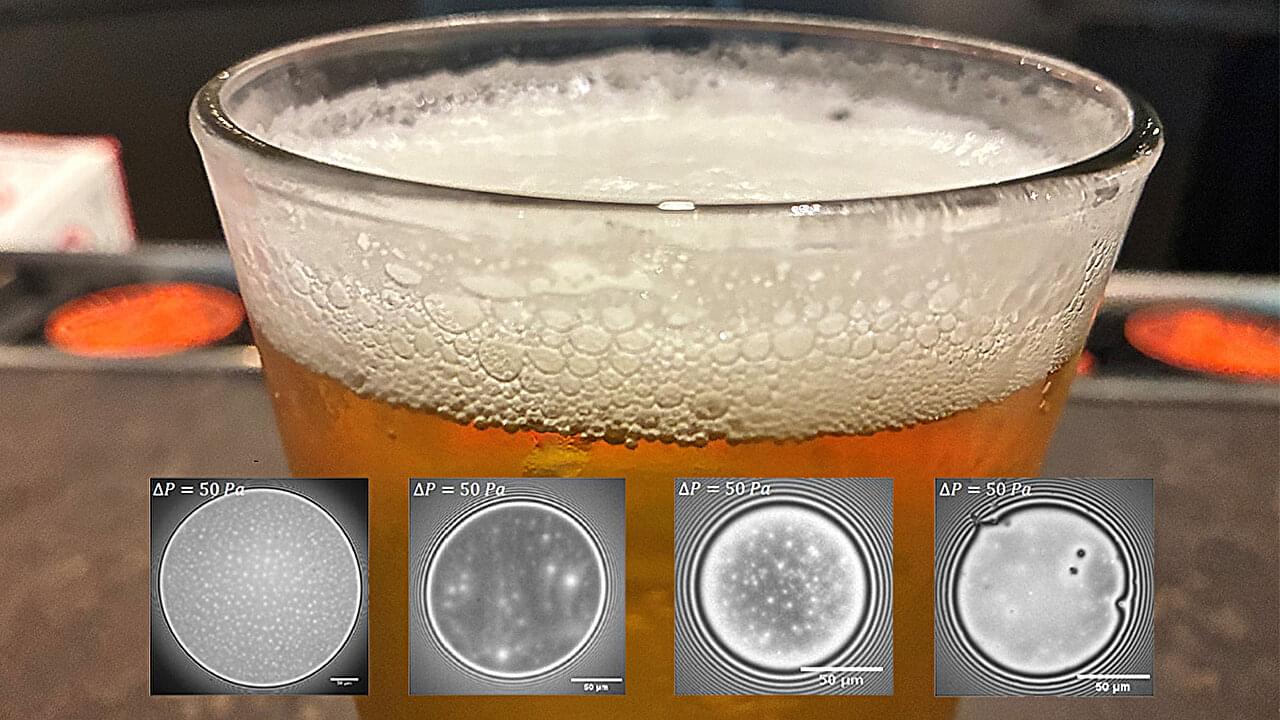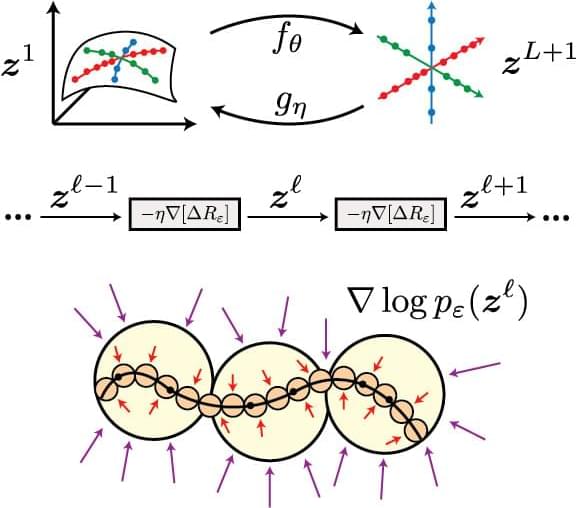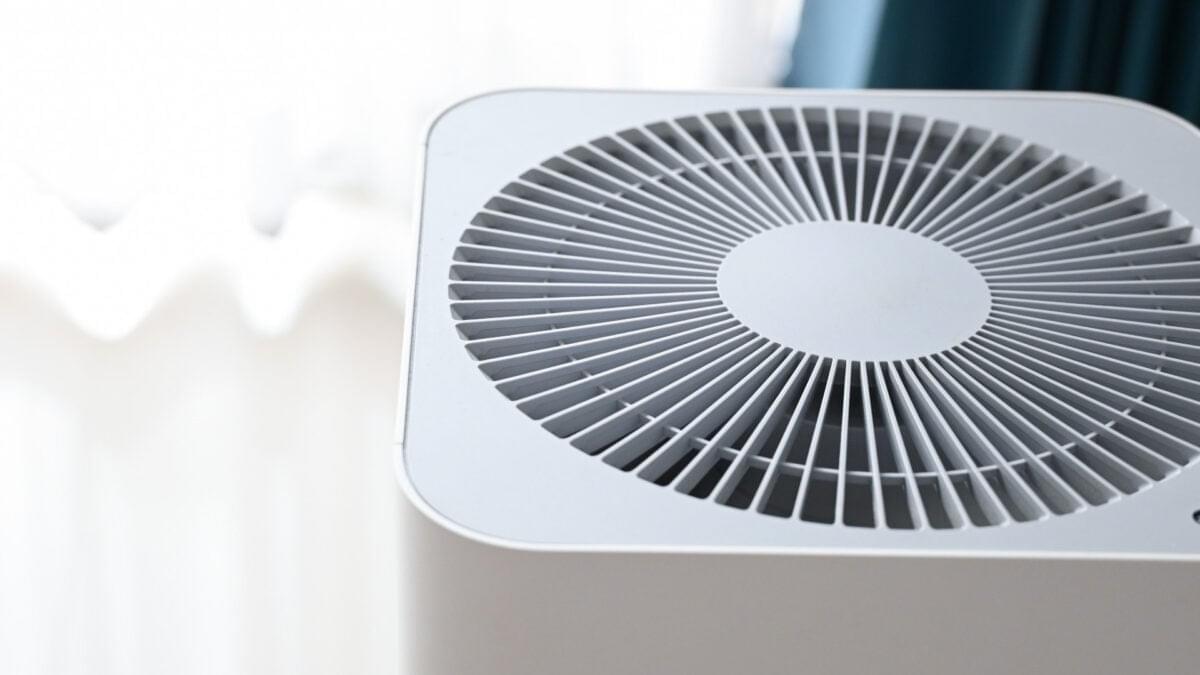LVK reveals latest catalog of gravitational-wave discoveries
Category: futurism – Page 27


Research into stability of foams finds a valuable test subject in a tall glass of beer
Beer is one of the world’s most popular drinks, and one of the clearest signs of a good brew is a big head of foam at the top of a poured glass. Even brewers will use the quality of foam as an indicator of a beer having completed the fermentation process. However, despite its importance, what makes a large, stable foam is not entirely understood.
In Physics of Fluids, researchers from ETH Zurich and Eindhoven University of Technology investigated the stability of beer foams, examining multiple types of beer at different stages of the fermentation process.
Like any other foam, beer foam is made of many small bubbles of air, separated from each other by thin films of liquid. These thin films must remain stable, or the bubbles will pop, and the foam will collapse. What holds these thin films together may be conglomerates of proteins, surface viscosity, or the presence of surfactants, which are molecules that can reduce surface tension and are found in soaps and detergents.

Sneaky swirls: ‘Hidden’ vortices could influence how soil and snow move
Researchers have shown for the first time how hidden motions could control how granular materials such as soil and snow slip and slide, confirming a long-suspected hypothesis. The knowledge could help in understanding how landslides and avalanches work and even help the construction industry in the future.
Superfood for Bees Sparks 15-Fold Colony Boom
A lab-made diet sparked a 15-fold boom in bee reproduction, pointing to a possible solution for collapsing colonies.



Is the AI boom finally starting to slow down?
“There’s a widening schism between the technologists who feel the A.G.I. – a mantra for believers who see themselves on the cusp of the technology – and members of the general public who are skeptical about the hype and see A.I. as a nuisance in their daily lives,” they wrote.
It’s unclear if the industry will take heed of these warnings. Investors look to every quarterly earnings report for signs that each company’s billions in capex spending is somehow being justified and executives are eager to give them hope. Boosting, boasting about and hyping the supposed promise and inevitability of AI is a big part of keeping investor concerns about the extra $10bn each company adds to its spending projections every quarter at bay. Mark Zuckerberg, for instance, recently said in the future if you’re not using AI glasses you’ll be at a cognitive disadvantage much like not wearing corrective lenses. That means tech firms such as Meta and Google will probably continue making the AI features that they offer today an almost inescapable part of using their products in a play to boost their training data and user numbers.
That said, the first big test of this AI reality check will come on Wednesday when chipmaker Nvidia – one of the building blocks of most LLMs – will report its latest earnings. Analysts seem pretty optimistic but after a shaky week for its stocks, investor reactions to Nvidia’s earnings and any updates on spending will be a strong signal of whether they have a continued appetite for the AI hype machine.

